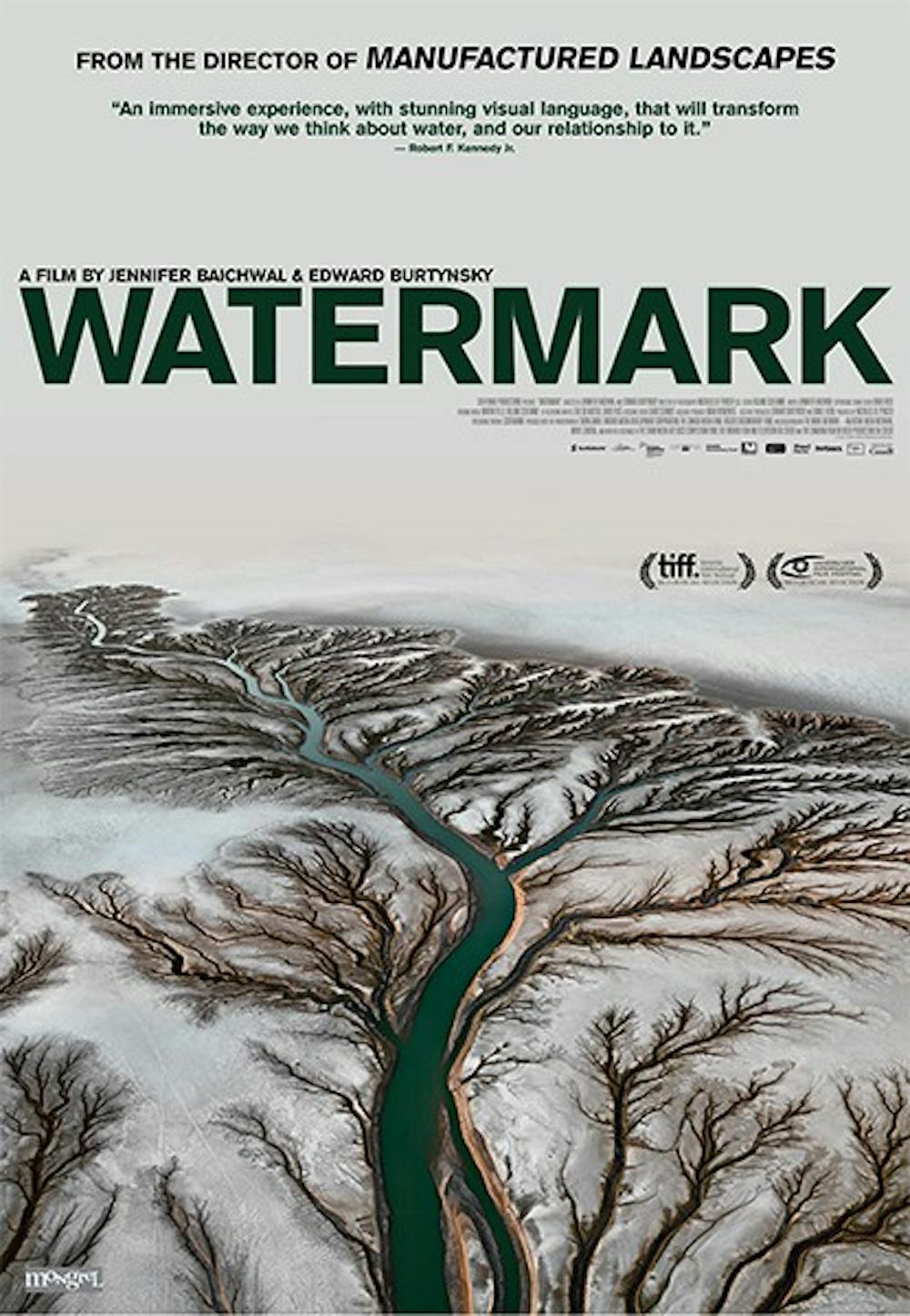 (Photo Courtesy of Mongrel Media)
(Photo Courtesy of Mongrel Media)Jennifer Baichwal seems to have found her niche as a documentarian. The director, who previously made 2006’s “Manufactured Landscapes,” which followed photographer Edward Burtynsky across the globe as he observed changes in natural landscapes, has released a follow-up that is visually stunning but unfortunately lacks some of the context and information that made her previous feature so poignant.
That is not to say, however that “Watermark” lacks a punch, it just has less so than its predecessor.
The film, which took a remarkable five years to make, ponders the question of how water has helped shape humanity as well as the world. While the final product overall is gorgeous, oftentimes is relies too heavily on visuals and perhaps not enough on the information it could be providing.
To say that the film is truly globe-spanning would be an understatement, as it features numerous locations including India, Mexico, and Greenland to name a few. The film’s spectacular look, though, should come as no surprise given it was co-directed by Burtynsky, who is an acclaimed nature photographer.
Cinematographer Nicholas de Pencier’s work here is jaw-dropping to say the least. Shots ranging from slow-motion images of waves and rivers of chemical waste to fully capturing the scale of the 500 foot tall Xiaolangdi Dam in China; which is a dam that at over 4,300 feet wide is capable of moving 30 million tons of silt downstream in a year. Another stunning shot from the film’s segment in China is a bird’s-eye view image of laborers working at an abalone farm that floats atop Luoyuan Bay, where miles of the water are covered in square pens.
Despite lacking a bit in content, the film manages to do a fantastic job of crafting an argument for why it’s such an important film to see. One moment that illustrates this particularly is an interview with an elderly Mexican woman next to a dried up portion of the Colorado River. She explains how important the river was to her people because it provided fish or nourishment. This moment manages to drive home the film’s message as a whole as well as perfectly show de Pencier’s knack for juxtaposing beautifully composed shots with the heartbreaking stories behind them – a point which is also shown in a shot where a river of chemical waste jars contrasts the beautiful scenery around it.
Perhaps the most surprising aspect of the film is the fact that while it manages to drive its point home, it never becomes preachy. Some documentaries often fall into the pitfall of talking at their audiences, explaining why the issue they are exploring is important rather than taking them by the hand and showing them why it's important. “Watermark” does a remarkable job of the latter. The film lets audiences know why water is so important and why pollution is such an issue, but manages to never do so in an overbearing manner.
Even though it has its flaws, “Watermark” is a visually stunning representation of an issue that’s remarkably important. And overall, Baichwall and Burtynsky do a solid job of crafting a film that will enthrall viewers visually while also begging them to consider the bigger picture.
3/5 Pitchforks.
Reach the reporter at seweinst@asu.edu or follow him on Twitter @S_Weinstein95




